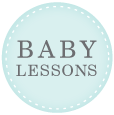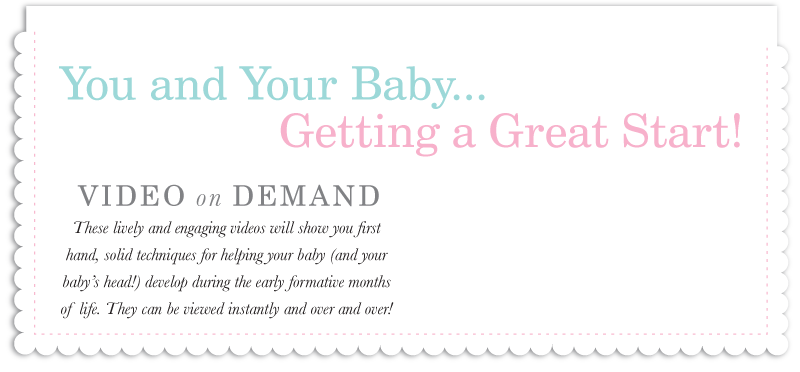What Sounds/Words Should My Infant Be Producing and When (adapted from “Nobody Ever Told Me [Or my Mother] That” by Diane Bahr M.S., CCC-SLP, CIMI; pgs 219-222)
0-15 months
1-month: Vowel-like sounds, mostly “ee” and “ah” (mostly nasal productions) within cooing
2-3 months: Vowel-like sounds increase to include short “e, I, u, a” and “oo” (mostly nasal productions); begins making the following consonant sounds: /h, k, g/ in the back of the throat; also begins vocalizing simple reduplicated consonant-vowel combinations (“baba” “dada”) within babbling
3-4 months: Begins producing long vowel sounds while cooing (“e” “a”); may start to produce the following consonants: /p, b, m/; reduplicated babbling may start to increase (“baba,” “dada,” “mama”)
4-6 months: More consonant-vowel/vowel-consonant changes start arising and typically sounding vowels; begins producing raspberry like sounds (e.g., lip trills/tongue trills) and the following consonants: /k, g, p, b/ as well as the long “o,” “oo” and other vowels
5-6 months: Begins producing vowels made in the back of the mouth (long and short “u” and “o”); begins babbling 4 syllables or more and may use different inflections/intonations for the same sounds; starts vocal play with putting different speech sounds together (variegated babbling) (“bee,” “daa,” “moh,” etc.)
6-7 months: May start to combine two or more unique syllables within babbling; starts producing four distinct syllables at once (“ma ma ma ma”); begins imitating two-syllable babbling and babbling/cooing within 2-3 second durations; the following sounds are heard: /p, b, w, t, d, m, n, k, g, y/
7-9 months: begins stringing vowels together in a conversational manner; begins imitating parent’s speech sounds and non-speech sounds; begin to hear more consonant sound productions and the vowel-consonant combinations are more distinguishable
9-12 months: begin to hear the first words with meaning (“dada,” “mama,” “bye-bye,” “no”); 3 or more words emerge at 10-11 months and descriptive words emerge at 11-12 months (“all gone”); jargon emerges with 4 or more syllables; /d, b/ are heard more frequently; jargon begins to sound more like adult sentences (11-14 months); typical echolalia emerges where child parrots another’s speech intonation patterns; imitates simple sound combinations; will attempt to imitate a new/simple word on occasion
12-15 months: May use the same sounds for different items; has 5 or more meaningful words; will have at least 7 meaningful words by 14-15 months; jargon starts to consist of 3-4 syllables with a variety of sounds; will start saying real words mixed within jargon; begins to spontaneously imitate new words; the following sounds are heard: /p, b, m, w, t, d, n, k, g, h, y/
While the internet is a wonderful source of information, it’s best to get specific questions answered by professionals that know you and your baby. Ask your pediatrician. For speech-language development, they may ask you to talk to a Speech Therapist.
Colleen Nolan MS, SLP-CCC, Carolina Kinder Development (and Heart Centered)






